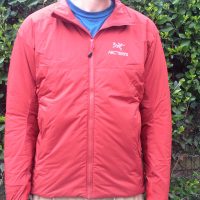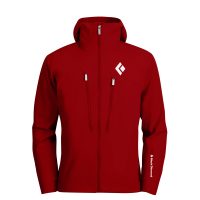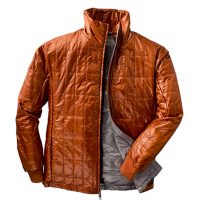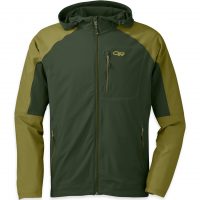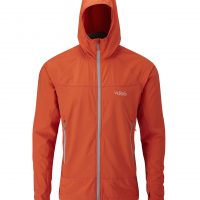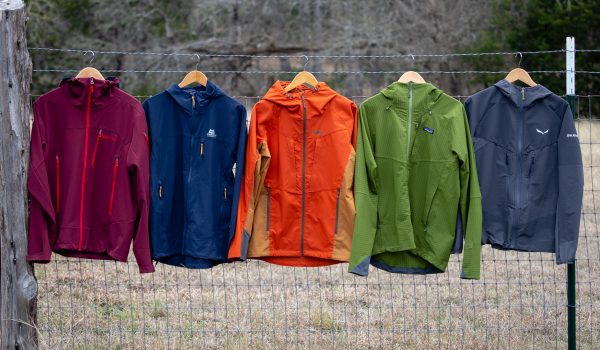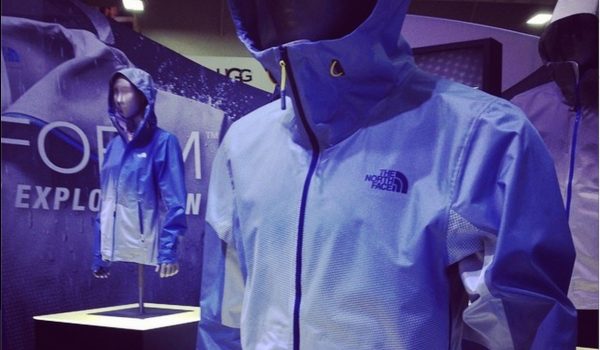 Image courtesy of The North Face
Image courtesy of The North Face
The Best Aerobic Softshells
The soft shell category isn’t defined clearly. Original designs prioritized breathability and quick drying over weatherproofing, but currently, the category can span garments that functionally act as hard shells to single layer, highly breathable wind shells. The items chosen for this test were not primarily insulators, nor were they hard shells. Compared to prior tests (where the jackets were truly just shells), the category has widened drastically in functionality. Some provide the same weather protection as classic hard shells, but offer more breathability, softer hand, and better drape. Others add warmth and can act as both the outer shell and a light insulating layer.
Softshell jackets are tested across a broad range of activities and weather conditions to represent the widest combination of breathability and weatherproofing requirements, durability, compressibility needs and featured usage. Aerobic training, hiking, backpacking and all forms of climbing can all be utilized to test these garments, subjecting them to a wide array of stressors.
Breathability was the original primary design goal of the first soft shells and is still a leading consideration, as getting wet from the inside can be just as serious a problem as getting wet from the outside. Durability is extremely important; in certain situations, failure of a layer can be catastrophic and a large part of perceived value centers around how long a garment lasts. Weatherproofing can be at odds with breathability, but in dire situations, this is the only factor that may matter. Until the miracle fabric exists, breathability and weatherproofing will have an inverse relationship; as one goes up, the other will go down. Fit/Comfort is highly personal, different body proportions and preferences steering evaluations of this department. Fit/Comfort will always be notated with the general dimensions of the tester along with any obvious anomalies to fit or comfort. Compressibility’s importance depends on the packing situation, but more compressibility will never be negative. A jacket’s features can alter the effectiveness of the garment for each specific use; aerobic training demands a vastly different feature set than an alpine climber. Having too many features when not required affects factors such as compressibility, while not having a required feature when needed can be frustrating at best and dangerous at worst.








